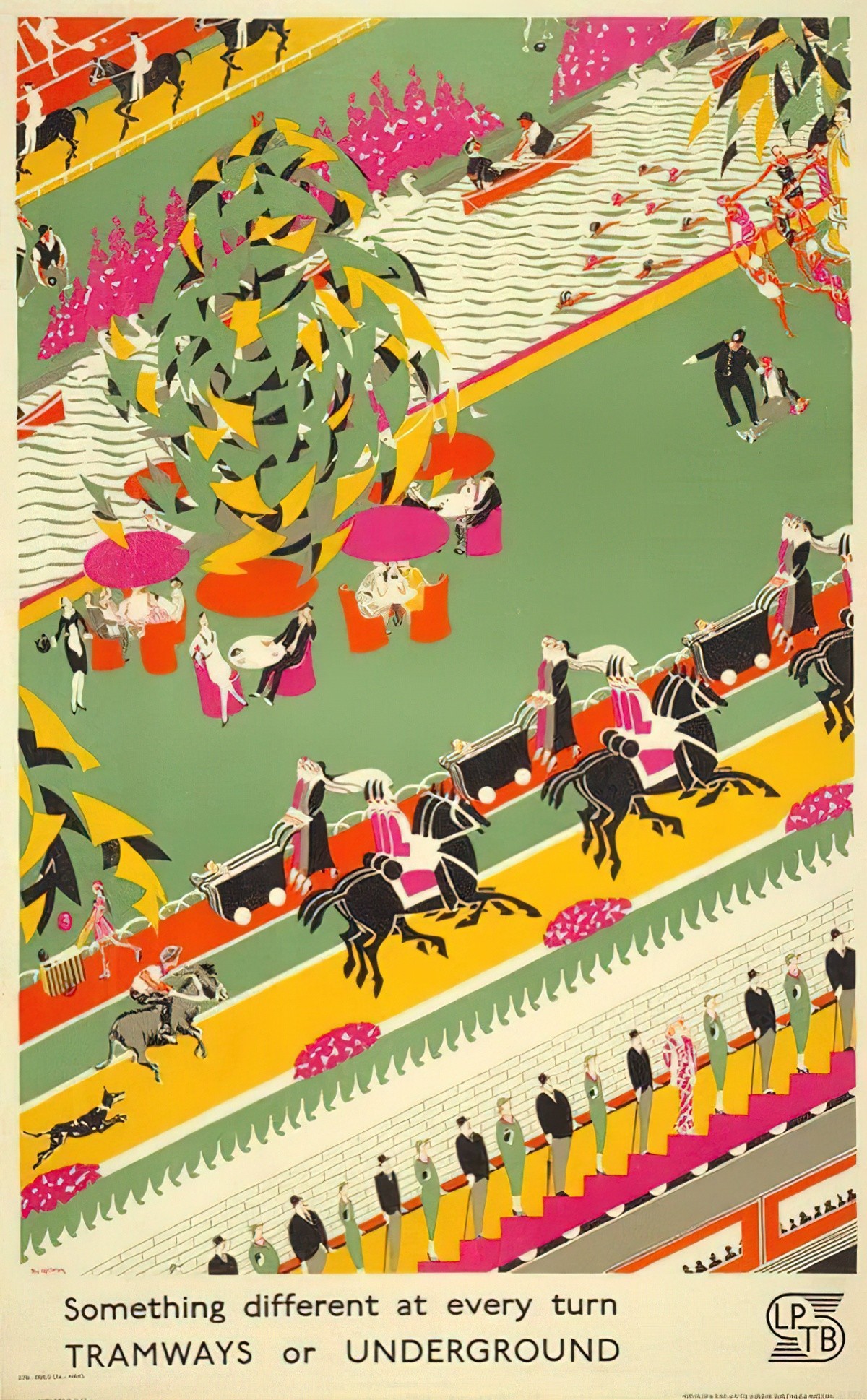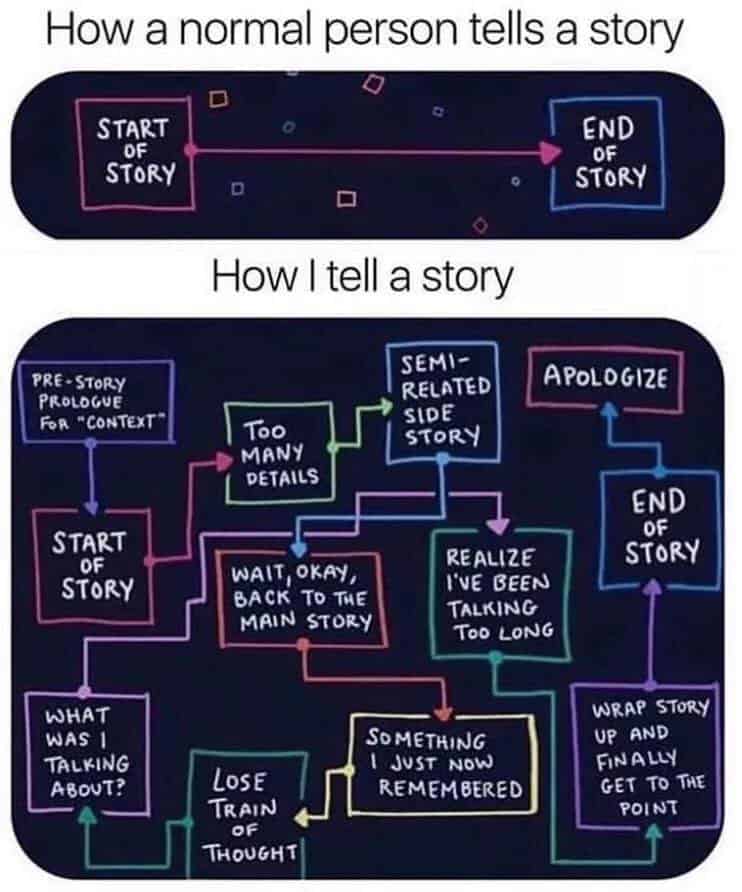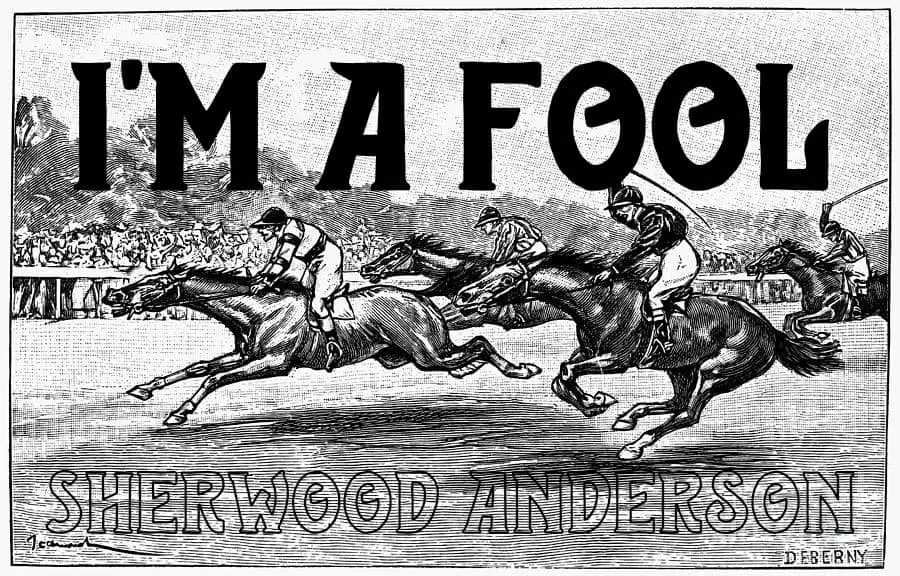“I’m A Fool”(1922) is a short story written by American Sherwood Anderson, who was born around the time Lonesome Dove is set, and who died at the beginning of the second world war. So, he came along at the end of the cowboy days, lived through one world war and was heading into another.
Anderson had four wives during his relatively short life. I’m immediately suspicious of a man who has had four marriages. “I’m A Fool” demonstrates a possessive, objectifying attitude towards a woman character which isn’t challenged. This doesn’t improve my impression of the writer. To understand this story the reader must also understand that being attracted to a woman and not acting on those strong feelings is about one of the worst things that can happen to a man. If this story were a contemporary song, it’d be “You’re Beautiful” by James Blunt (2004). A young man catches sight of a pretty woman on a train, can’t be with her and is sad forever that he can’t have her. All because she smiled at her.
James Blunt swears he’s got ‘a plan’ but never tells us what that plan is, making the narrative arc incomplete. Like the narrator of “I’m A Fool”, Blunt spends the entire music video punishing himself physically, in this case by taking off all his clothes in the snow, laying out all his pocket possessions and jumping (probably to his death) into the sea below. (The difference is, James Blunt himself knows exactly why this song got so much flak. Follow him on Twitter. He’s the first take his own Mick.)
Sherwood Anderson’s own young life working various jobs will have influenced this story, about a young man who also feels he has little in common with more sheltered boys of his own age. I recently re-watched Terminator 2, and the very annoying kid in that movie has the same superiority complex of a boy who has been let loose on the ‘real’ world and immediately starts marking a division between men and boys, putting himself in the category of man, prematurely.
Sometimes now I think that boys who are raised regular in houses, and never have a fine nigger like Burt for best friend, and go to high schools and college, and never steal anything, or get drunk a little, or learn to swear from fellows who know how, or come walking up in front of a grandstand in their shirt sleeves and with dirty horsey pants on when the races are going on and the grandstand is full of people all dressed up—what’s the use of talking about it? Such fellows don’t know nothing at all. They’ve never had no opportunity.
“I’m A Fool”
Some think Sherwood Anderson is a genius. Others think he’s mediocre. Mark Twain did the first person vernacular style first. Every English speaking country has their own iconic male writer of the early 20th century who got famous for daring to write in the regional working man’s vernacular. There’s Frank Sargeson of my own home country (New Zealand). In 1935, Sargeson wrote a piece in a New Zealand liberal newspaper in praise of Anderson’s literary devices. I had to study Sargeson at high school, so it’s interesting to see his main influence. I don’t remember Sherwood Anderson ever mentioned. New Zealand likes to think Sargeson was wholly original in coming up with the idea of eschewing that fancy book learnin language for normal everyday speech.
Anderson also influenced Hemingway and Faulkner, Sinclair Lewis and Philip Roth.
I don’t get a ‘genius’ vibe from this snippet of Anderson’s oeuvre. But I sure am sick of stories about the regrets of men who don’t get to do exactly what they want to with their dicks. Especially when it’s for being dicks.
Apparently, Sherwood Anderson died after swallowing a toothpick. This mode of death is trumped only by Margaret Wise Brown, who died after kicking up her leg to show doctors how well she (ostensibly) was. In any case, I’ll be very careful with toothpicks from now on. And I won’t be kicking any legs up in hospital, either.


SETTING OF “I’M A FOOL”
The time and place are very specific. Authors do this to create a strong sense of verisimilitude.
It began at three o’clock one October afternoon as I sat in the grandstand at the fall trotting and pacing meet at Sandusky, Ohio.
“I’m A Fool”
Sandusky is right at the top of Ohio.
I checked to see if horse racing is big in Sandusky. It’s not anymore, but used to be, notably between the 1860s and 1920s.
Gee whizz, gosh amighty, the nice hickorynut and beechnut and oaks and other kinds of trees along the roads, all brown and red, and the good smells, and Burt singing a song that was called “Deep River,” and the country girls at the windows of houses and everything. You can stick your colleges up your nose for all me. I guess I know where I got my education.
“I’m A Fool”
Black people and women were not respected. People were afraid of Black men and didn’t trust women could understand stuff.
There’s a lot of things you’ve got to promise a mother because she don’t know any better.
“I’m A Fool”
Young women (Janes) are peachy, or they are mutts.
that girl wasn’t any mutt of a girl.
“I’m A Fool”
Young women are classy or they are trash.
when you’re out with girls like that, you can’t get careless and miss any trains and stay out all night, like you can with some kinds of Janes.
“I’m A Fool”
This is the character speaking, of course. But these were the times.
The narrator uses the word ‘dude‘ in a slightly different way we’d use it today. I think he means poser types who dress well and parade around for the ladies. (More like a modern hipster.)
STORY STRUCTURE OF “I’M A FOOL”
SHORTCOMING
Sherwood is lauded for creating characters trapped by their own eccentric natures in a hostile world.
“I’m A Fool” opens with the narrator telling us that he’s been stupid, and he gives us a reason for writing. This technique is often used in diary format novels as well. Many middle grade diaries open with the main character telling us why they would bother writing something down. Here, the narrator hopes to take ‘a kind of satisfaction in making [himself] look cheap by telling it’.
I had got too big to mow people’s lawns and sell newspapers. Little chaps who could get next to people’s sympathies by their sizes were always getting jobs away from me.
“I’m A Fool”
Although taking the job as swipe is justified, Anderson is sure to show us his moral shortcoming. This is what our narrator imagines in his darker moments:
There was one fellow who kept saying to everyone who wanted a lawn mowed or a cistern cleaned, that he was saving money to work his way through college, and I used to lay awake nights thinking up ways to injure him without being found out. I kept thinking of wagons running over him and bricks falling on his head as he walked along the street.
“I’m A Fool”
The narrator’s shortcoming is most evident via his mode of narration, in which he digresses often, trying to impress us, his narratee.
I’m reminded of these graphs you see sometimes on social media. Unfortunately I don’t have an attribution:

The ‘nigger named Burt’ exists functionally in this story about a white boy, but is not fleshed out in his own right. The narrator can see that this black man is just as good as a white man, and this has two functions for the white narrator’s character development:
- It’s got a Save The Cat vibe about it. This guy is empathetic to those below him and sees the guy’s skills.
- Shows how close to the bottom of the social hierarchy the narrator is himself.
Burt taught me how to rub down a horse and put the bandages on after a race and steam a horse out and a lot of valuable things for any man to know. He could wrap a bandage on a horse’s leg so smooth that if it had been the same color you would think it was his skin, and I guess he’d have been a big driver, too, and got to the top like Murphy and Walter Cox and the others if he hadn’t been black.
“I’m A Fool”
DESIRE
First, he wants to earn his own living, but jobs are scarce and he has to take what he can get. What does a horse swipe do?
You got to a county seat town, maybe say on a Saturday or Sunday, and the fair began the next Tuesday and lasted until Friday afternoon. Doctor Fritz would be, say, in the 2. 25 trot on Tuesday afternoon and on Thursday afternoon Bucephalus would knock ’em cold in the “free-for-all” pace. […] And then at the end of the week when the race meet was over, and Harry had run home to tend up to his livery-stable business, you and Burt hitched the two horses to carts and drove slow and steady across country to the place for the next meeting, so as to not overheat the horses, etc. […] looking down on the swipes coming out with their horses, and with their dirty horsy pants on and the horse blankets swung over their shoulders
“I’m A Fool”
Next this guy wants to impress a girl with a view to having her for his own. But he also wants to do his job, and these two things conflict.
OPPONENT
His romantic opponent is the girl he meets at the races.
PLAN
He plans to get these kids to spend a lot on horse racing and he’s going to take the opportunity to big himself up. He’ll enjoy being another person for a little while — a middle upper class person, worthy of a middle upper class girl.
BIG STRUGGLE
The Battle he has is with himself, and the reader experiences this most at the train station. The train takes his never-was, might-have-been lover away forever.
ANAGNORISIS
The Anagnorisis phase has been brought to the front as an opener (in much the same way as action scenes are often brought to the front in TV and film, to hook the viewer in).
He realises he has been a fool, as it says in the title. He realises not that he should have acted differently — he’s robotic in that regard — but that he just brushed up against a relationship which was never meant to be.
The twist in this tale is that the horse doesn’t lose any of them their money. It’s not that. It’s the narrator’s own lying about all the other stuff — about his social standing. In a different kind of story, the mask would come off the narrator because the horse he recommended would have won.
The fact that he wasn’t lying about the abilities of the horse but was lying about all the rest makes everything feel so much worse for our narrator. If only he could switch them round — if only he could know nothing about harness racing but belong to the same class as this girl he’s so keen on. This idea of switching is seen throughout the story, but there’s no regret until this point — he is happy being a swipe and happy being a yap, wherever he happens to be. But now he’s not happy.
How much does the narrator really know about his own situation? Well, I don’t trust he’s able to tell what the girl is thinking.
And I was with that girl and she wasn’t saying much, and I wasn’t saying much either. One thing I know. She wasn’t stuck on me because of the lie about my father being rich and all that. There’s a way you know … Craps amighty. There’s a kind of girl you see just once in your life, and if you don’t get busy and make hay, then you’re gone for good and all, and might as well go jump off a bridge.
“I’m A Fool”
He thinks she wants him because he wants her. End of. They’re not saying much so how else could he know? More recently than this story was written, numerous studies have shown that men tend to overestimate romantic interest shown to them by women (Levesque et al., 2006; Perrilloux et al., 2012; Treat et al., 2015).
Where there is no clear Anagnorisis in this story, it can be interesting to look at The Range Of Character Change. The difference here is between the narrator as he tells his story (the extradiegetic, autodiegetic narrator) and the person he was when this story was happening in real time. There’s not a great difference between the guy he was then and the guy he is now. This all could’ve happened last week. When he describes his strong feelings after the train leaves it feels very raw and unprocessed. He wants to punish himself physically (e.g. by having a train run over his foot) to take his mind off the mental anguish.
NEW SITUATION
He is romantically alone and he will return to his underbelly life, but with a newfound dissatisfaction. He probably won’t be quite as happy to be an underdog from now on. He’ll always look back to this night and wish things were different.
The story ends with pathetic fallacy — it is raining and the character is sad.
SEE ALSO
Fools and Other Unwise Persons, a categorisation from Baughman’s Type and Motif Index of the Folktales of England and North America by Ernest Warren Baughman 1966

